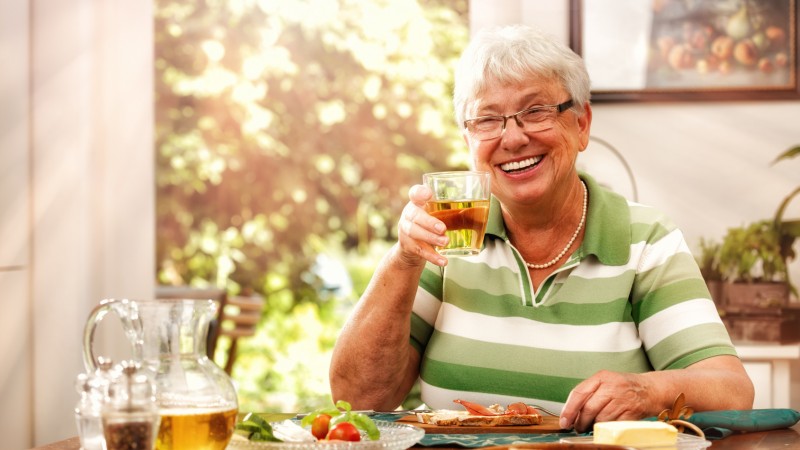Fruit juice: German market in top shape, despite crop damages
June 7, 2018 at 1:01 PM ,
Der AUDITOR

Stable turnover
Chairman Klaus-Jürgen Philip is highly satisfied with sales in 2017 in stating that, “although adverse weather conditions caused a minor decline in production to 3.98 billion liters, the industry’s annual sales remained relatively stable at EUR 3.54 billion”. Germany is the world leader in consuming fruit juice and nectar. With per capita consumption ranging at 32 liters in 2017, the market has, however, witnessed a marginal decline to 2016 and 2015 (33 liters in both years). Germany has been the world’s largest consumer for years, Norway (24.8 liters) ranks second and the Netherlands (22.9 liters) third, followed by Austria and the USA (both 22.6 liters).
Classical fruit juices are losing ground
Due to increasing prices the market has witnessed a nominal decline for classical fruit juices and nectar. Contrary to this, smoothies and direct juices are gaining in market shares. Apple juice is the most popular fruit juice in Germany with per capita consumption ranging at 7.6 liters. Orange juice ranks second with 7.4 liters, followed by multivitamin juice at much lower 4.1 liters and pineapple juice at 0.4 liters. Vegetable juices and nectars have also become increasingly popular over the last few years with per capita consumption currently ranging at 1.8 liters.
Apples, however, posed a problem in 2017. According to Phillip, “night frosts in April 2017 negatively impacted the crop and caused pressing to drop by 65%.” As little as 310,000 mt of apples were pressed to 243 million liters of apple juice in 2017.



